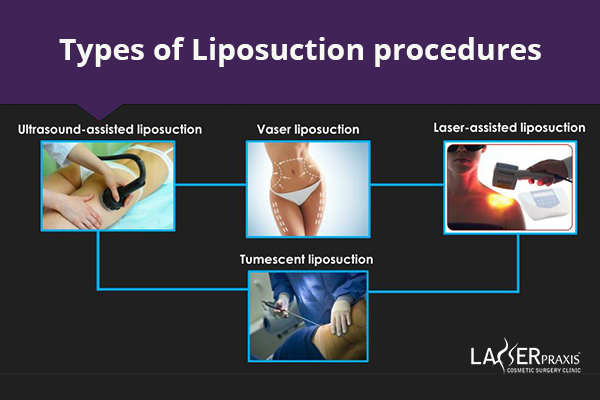Liposuction is a procedure to get rid of access. It is a procedure that is becoming increasingly common every year. In fact, in America alone more than 300,000 of these treatments are performed each year.
“Liposuction is also called lipoplasty and liposculpture suction. It is a process in which the fat is sucked out of the body after being broken up.”
It sounds simple enough but there is a fair amount of controversy and stigma attached to the procedure. It is also a surgical procedure that requires a fair amount of recovery. These aspects combined mean that the first time you think about getting it done will most likely be with apprehension and a lot of questions.
Hopefully, this blog will be able to answer a few of them for you.
What is Liposuction?
Liposuction is a surgical process in which fat is broken down and then extracted from the body with the help of a suction tube called a cannula.

This tube is inserted into parts of the body with excessive fat. These include arms, legs, neck, buttocks, calves, abdomen, and chin.
The cannula is a powerful vacuum that is strong enough to suck the fat right out.
Usually, this procedure is performed with the aid of general anesthesia so the patient does not feel anything during the process. However, there is an extensive recovery period after the procedure.
Recovery after Liposuction
The main issues you will be dealing with during recovery are swelling, soreness, and bruising.
You will be given antibiotics to prevent infections, pain medication to deal with the sore areas, and compression garments to help with swelling.

There will most likely be other measures you will be asked to take by your doctor after the treatment. You should make sure to follow them to make the process as quick and comfortable for yourself as possible.
You will also have to deal with fluid drains for a few days after the surgery.
All in all the process might take up to 2 months. You should, however, be able to return to most tasks that constitute your daily routine within a few weeks. Rigorous tasks and extensive physical activity may need some extra time.
What the treatment is
Liposuction is a way to:
⦁ Get rid of excess fat in parts of your body.
⦁ Take a step towards living a healthy life.
⦁ Get rid of fat that might be endangering the individual’s life.
What the treatment is not
Liposuction is not:
⦁ A short cut to becoming fit.
⦁ An answer to obesity.
⦁ A way to achieve overall health.
⦁ A permanent weight loss procedure.
The results and their permanence
It is absolutely possible to gain weight back if you don’t adopt a healthier lifestyle. The fat that is sucked out is gone forever, but your body can make more in its place if you let it.
The only way to make sure that the results stay is to improve your health through a better lifestyle and exercise. This procedure is no guarantee that you will never be overweight again.
You should also not expect to achieve an even amount of weight loss all over the body. This procedure is meant to tone and contour parts of the body. The results will only be achieved where the procedure is performed.
In order to get results that cover more parts of your body and to get rid of considerable amounts of fat, you might need more than one session.
Types of Liposuction procedures
Medicine has made leaps and bounds and every surgery procedure that is devised is continually improved upon. As a result, usually there is more than one way to go about achieving a result.
The types of liposuction procedures that are common include:

⦁ Tumescent Liposuction
⦁ Ultrasound Assisted Liposuction
⦁ Laser Assisted Liposuction
Tumescent liposuction is the most common procedure and uses a sterile solution to help remove fat through suction.
Ultrasound assisted liposuction and laser assisted liposuction and comparatively less invasive but also less common.
If you want to read more about the procedure itself and our service, you can do so here.
Is this procedure right for you?
If you are interested in getting this procedure, asking yourself a few questions might tell you how suitable a contender you are for it. These questions include:
⦁ Do you have a medical condition that can cause any complications (for example, high blood pressure or diabetes)?
⦁ Are you on any special medication that might complicate the procedure (for example blood thinning medicine)?
⦁ Have you had a difficult recovery period from a previous procedure?
⦁ Are you mentally healthy enough to deal with the toll recovery might take on you?
⦁ Are you a suitable candidate for it in terms of your weight and physical fitness?
⦁ Do you think the procedure will improve the quality of your life in some way?
Answer these question for yourself and see where you stand.
Of course the final decision should always be made after talking to a health professional.

Even if you have questions about the treatment and your suitability for it without wanting to book the procedure right away, please feel free to get in touch.
Our consultants and surgeons will be happy to talk to you about any concerns you have.
Ultimately, wherever you get your treatment from you should make sure to ask any and all questions you have about the treatment and share your complete medical history with the surgeon beforehand. This will greatly diminish the risk of any complications during or after the surgery.
We hope this proved to be useful.
Good luck!





